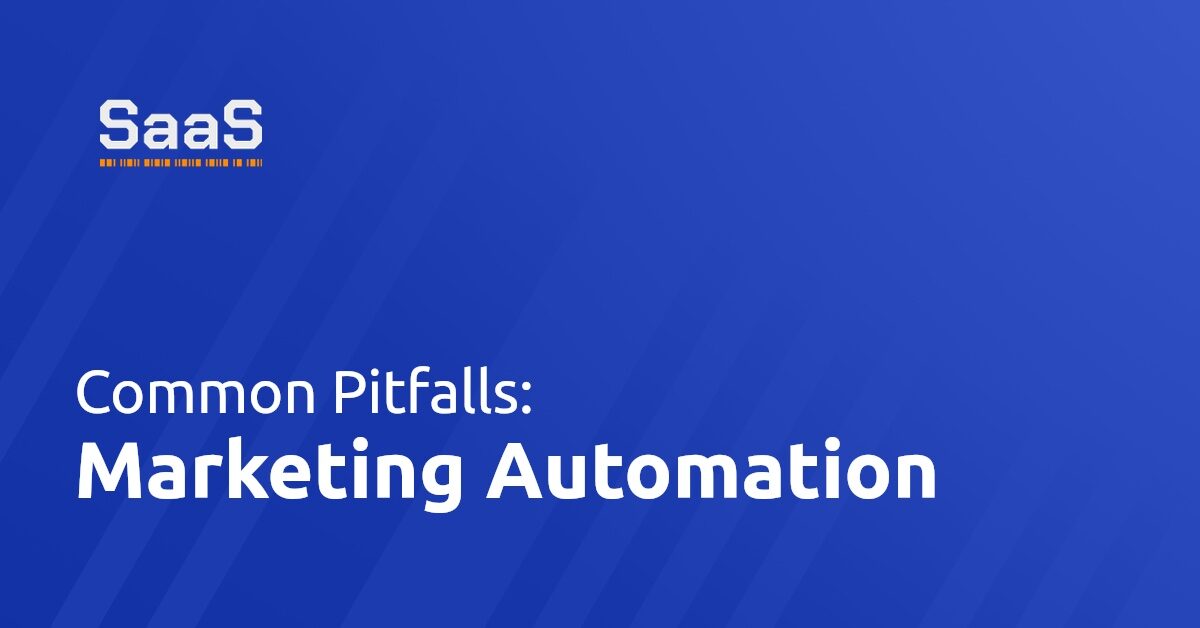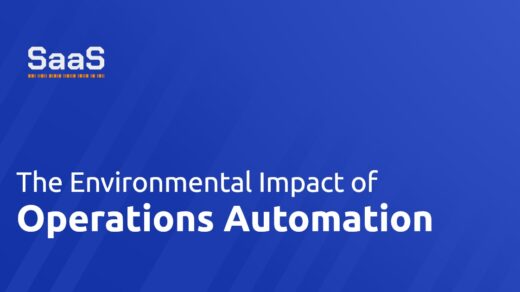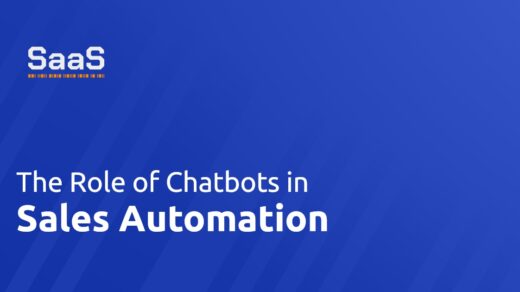Businesses are increasingly using marketing automation to organize their marketing activities, boost lead creation and lead nurturing, and ultimately boost revenue. Nevertheless, putting marketing automation into place can be a difficult and complex process that needs careful strategy and execution to be successful.
Businesses should begin by creating a clear plan for their marketing automation installation in order to avoid common errors and achieve a successful implementation. In order to do this, they must first determine their objectives, target market, and key performance measures, such as ROI, click-through rates, and conversion rates. Having a well-defined strategy will help businesses stay focused and achieve better results.
here are the guidelines to follow for successful implementation of marketing automation:

Develop a Clear Strategy:
Marketing automation has the potential to transform the way businesses engage with their customers, by streamlining marketing efforts and improving the efficiency and effectiveness of campaigns. However, a common pitfall is implementing marketing automation without a clear strategy, which can lead to confusion, wasted resources, and ineffective results. To avoid these issues, it’s crucial to define a clear strategy that aligns with your business goals and objectives before diving into marketing automation.
Defining a clear strategy involves outlining your target audience, including their demographics, behaviors, and preferences, as well as identifying the goals you hope to achieve through your marketing efforts. Furthermore, it’s important to identify key performance indicators (KPIs) to measure the success of your campaigns and make data-driven decisions to optimize your marketing efforts.
Having a clear strategy in place before implementing marketing automation enables businesses to stay focused and ensure that their efforts align with overall business goals. This approach helps to achieve better results and maximize the return on investment in marketing automation. Therefore, taking the time to define a clear strategy is a crucial step to make the most of marketing automation.

Ensure Quality Data:
Having quality data that is accurate, up-to-date, and relevant is crucial to the success of any marketing automation campaign. Customer data is essential for personalization and segmentation, while behavior data provides insights into customer interactions across channels. Purchase history data enables the creation of targeted campaigns and the promotion of complementary products or services.
Ensuring the accuracy of data is critical for informed decision-making and effective marketing efforts. Using outdated or inaccurate data can lead to wastage of resources and ineffective campaigns. The relevance of data is also essential in creating personalized messages that connect with the intended audience and drive engagement and conversion.
In conclusion, the success of marketing automation campaigns is contingent on the quality of data used. Marketers need to ensure that they have access to accurate, up-to-date, and relevant data to design campaigns that resonate with and convert their target audience.

Integrate Your Systems:
For a seamless customer experience and smooth data flow, integrating marketing automation software with other systems, including CRM, sales, and customer service, is vital. This integration simplifies the process of capturing and analyzing data from multiple touchpoints, resulting in more personalized and relevant marketing efforts.
Integrating with CRM ensures consistency and updates customer data across all systems, enabling effective segmentation and personalization. Sales system integration provides insights into lead quality and buyer behavior that can be utilized to create targeted campaigns. Integrating with customer service systems helps manage customer inquiries better, creating opportunities for upselling or cross-selling.
In conclusion, integrating marketing automation software with other systems is crucial for developing a comprehensive and effective marketing strategy that improves customer experiences and increases revenue. This integration achieves seamless data flow and personalized marketing efforts, resulting in better customer engagement and loyalty.

Avoid Over-Automation:
Excessive automation that sends unrelated communications to clients might harm a brand’s image. Customers may get disengaged, have less loyalty to the company, and stop subscribing to email lists as a result. Businesses should focus on personalization and segmentation to adapt communications to specific customers in order to avoid this. Personalization involves using customer data to craft messaging that reflects their interests, preferences, and behaviors. This approach helps businesses create a more personalized experience for customers, resulting in higher engagement and conversion rates. Segmentation refers to dividing a customer base into smaller groups based on common characteristics such as demographics, behavior, or preferences.
By segmenting customers, businesses can design targeted campaigns that are more relevant and effective. In conclusion, personalization and segmentation are critical components of successful marketing automation campaigns. They enable businesses to avoid sending irrelevant messages to customers, which can damage their brand reputation. By utilizing these techniques, businesses can offer a more personalized experience for their customers, leading to greater engagement and revenue.

Test Your Campaigns:
Testing is a fundamental aspect of any marketing automation campaign that ensures it functions as intended and achieves optimal results. One of the most common testing techniques is A/B testing, where two versions of a campaign element are tested against each other to determine which performs better. For instance, an email campaign could test different subject lines to identify which generates the highest open rate. Split testing is another popular method that involves testing multiple variations of an element simultaneously to determine the most effective option. For example, testing multiple versions of an ad to evaluate which generates the most clicks or conversions.
Additionally, ongoing optimization is critical to ensuring the success of marketing automation campaigns. This includes monitoring and analyzing campaign performance data continually to identify areas for improvement and implement changes to optimize results. If a campaign is not generating the desired number of leads, it may require a re-evaluation and necessary modifications.
In conclusion, testing and optimization are critical components of successful marketing automation campaigns. They enable businesses to understand what works and what doesn’t and to make informed decisions based on data to continually enhance and optimize their campaigns for maximum impact.
Test your Team:
To make the most of marketing automation software, it’s important to ensure that your team is properly trained. Without the right training, businesses run the risk of not using the software to its full potential, wasting valuable time and resources. Therefore, it’s crucial to provide your team with training on best practices, data management, and automation workflows to optimize your investment.
The training program should cover a range of topics, including how to set up and manage campaigns, how to use analytics to track performance, and how to troubleshoot any issues that may arise. It should also include education on data management, such as collecting and storing data securely and effectively.
By providing comprehensive training to your team, you can ensure that your marketing automation campaigns are set up for success. A well-trained team can effectively utilize the software and create campaigns that achieve the desired results, ultimately leading to increased revenue and business growth.








